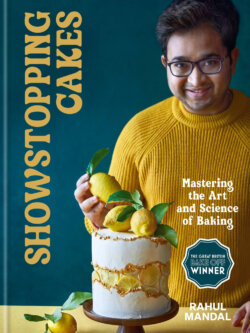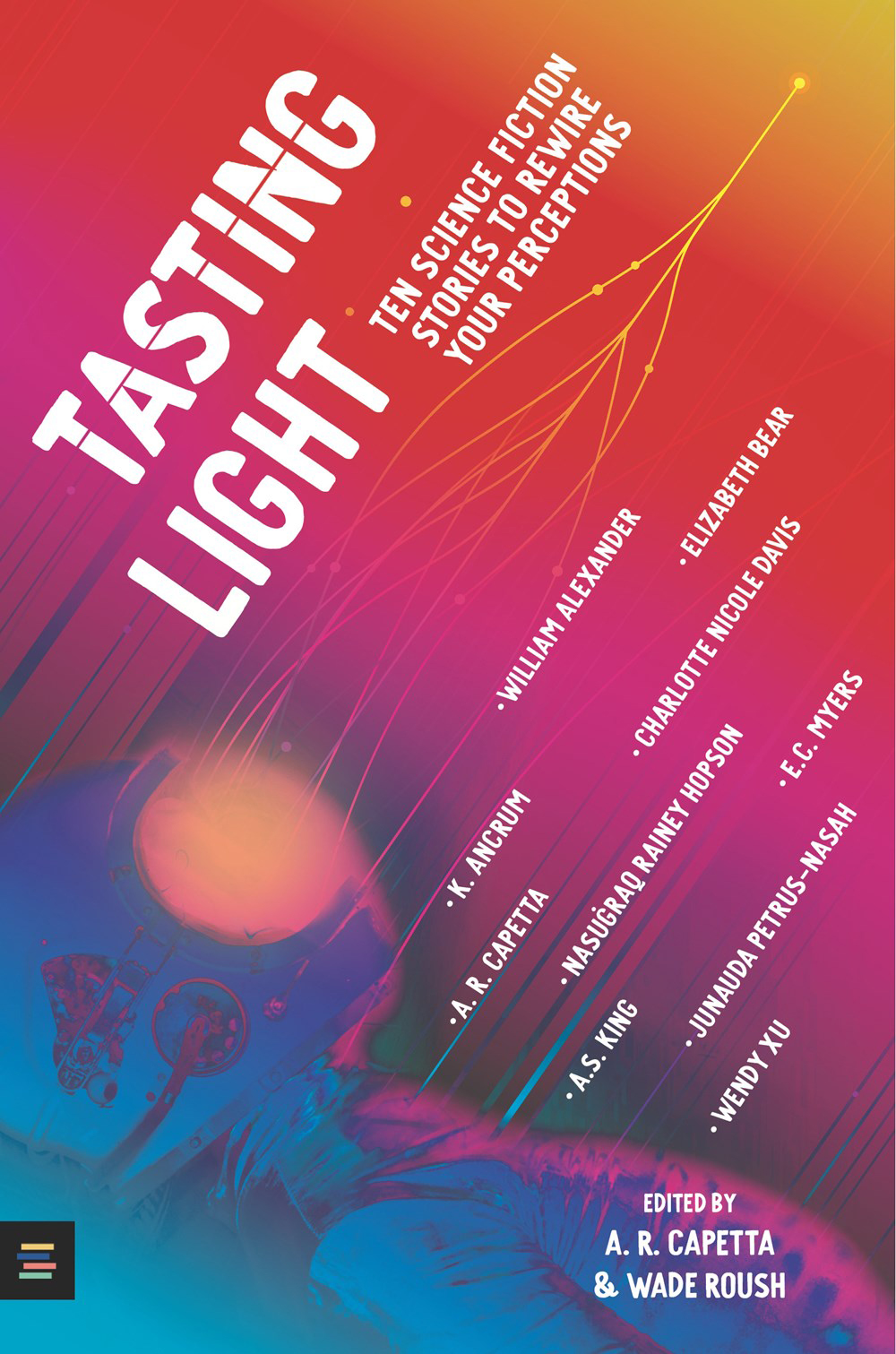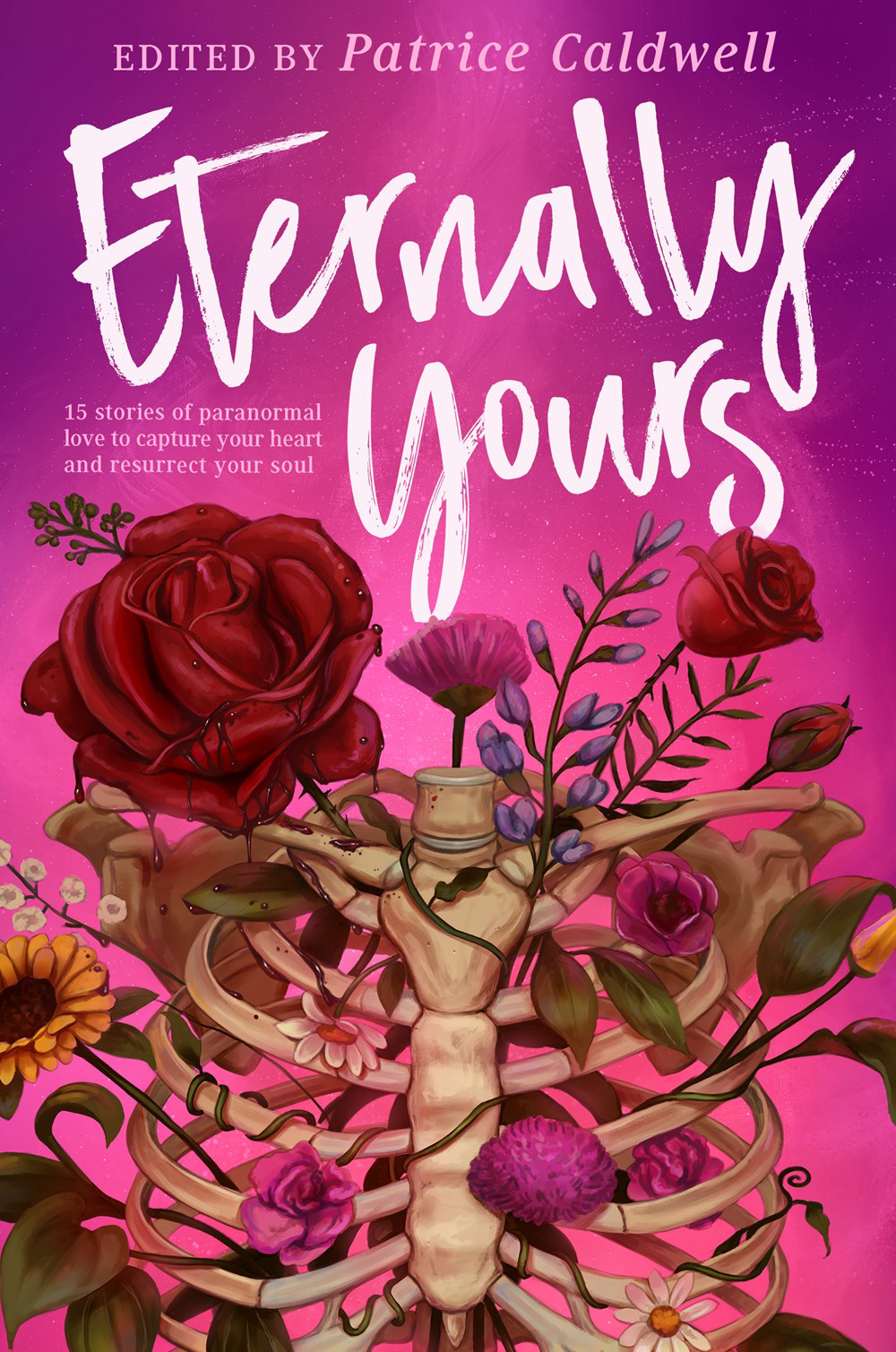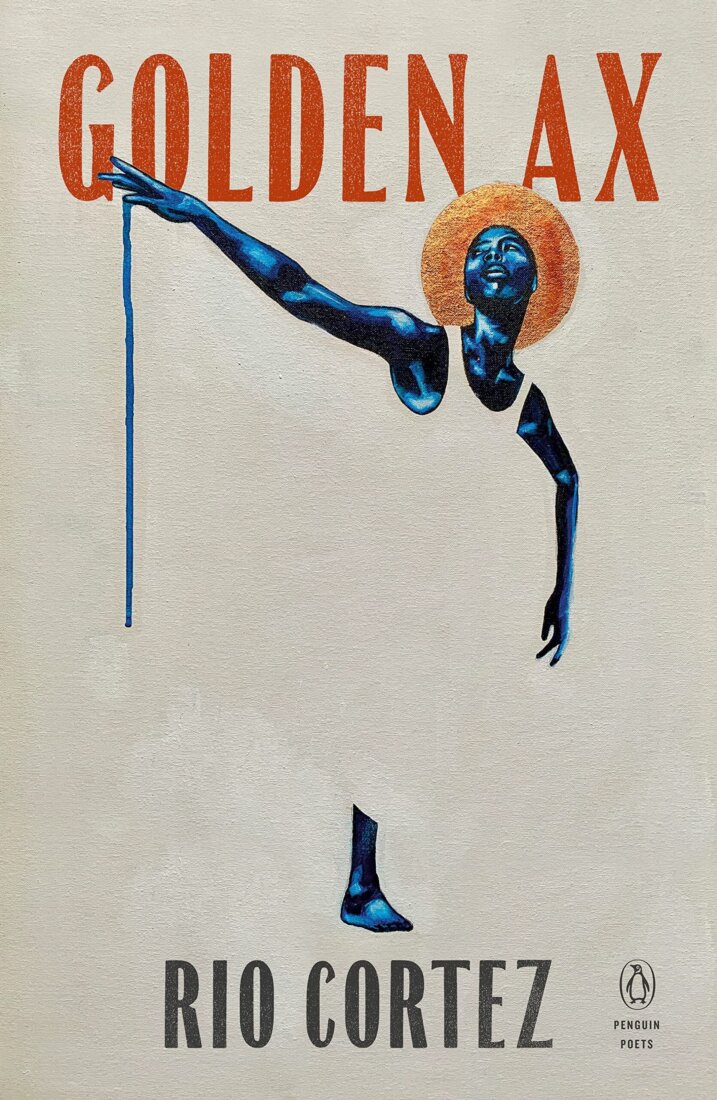
The Christmas Book Flood
Winter arrives in all its glory in The Christmas Book Flood. Dating back to World War II, Jólabókaflóð (which translates to “Yule book flood”) is the Icelandic tradition of giving books to loved ones on December 24.
Author Emily Kilgore’s prose is expressive and poetic. As the book opens, she describes how the “northern lights dance and curtsy across a cold, black sky.” Later, she captures the thrill of searching for the perfect book as “shoppers glide through the aisles of towering shelves.”
Though Kilgore’s text speaks in general terms, illustrator Kitty Moss’ artwork tells the story of a biracial family, focusing on the wide-eyed oldest child as she sets off on her bike to find books for her family. She explores the nooks and crannies of a bustling bookstore, and her shopping expedition becomes an enchanted adventure. Frogs jump out of a book, which transforms into an owl that flies her to a fantastical world full of castles, hot air balloons and more magical creatures.
Moss creates glowing scenes—those northern lights, a snow-covered village, a dreamy bookshop, families reading by the fire—set against dark nighttime backdrops. She incorporates scraps of paper and newsprint into her collage-style art, offering further reminders of the transportive power of reading.
Bibliophiles will revel in this stunning celebration of the written word. The Christmas Book Flood sparkles with bookish excitement on every page.

Twelve Dinging Doorbells
A girl observes the growing number of visitors who gleefully fill her home as her family celebrates the holidays in Tameka Fryer Brown and Ebony Glenn’s Twelve Dinging Doorbells, a delightfully raucous riff on “The Twelve Days of Christmas.”
Things begin calmly as the first dinging doorbell reveals a grandmotherly woman with “a sweet potato pie just for me.” Spread by spread, more friends and family arrive, and Fryer Brown’s clever variations on the cumulative rhyme will have young readers readily chiming in: “At the fifth ringing doorbell this holiday I see: BAKED MACARONI AND CHEEEEEESE! Four pounds of chitlins, three posh sibs, two selfie queens and a sweet potato pie just for me.”
Glenn’s illustrations draw readers into the festivities by playing with perspectives. Many spreads depict rooms through a bird’s-eye view as the house bursts at the seams, while other scenes allow the reader to feel as though they’re seated at the long yellow table, surrounded by plates of food. There’s so much to discover in these images, and Glenn captures plenty of action and an amusing variety of facial expressions, from sheer joy to utter annoyance.
The book follows the natural rhythm of any celebration. As the crowd of partiers begin to tire, the rhymes shift slightly; for instance, “seven brothers repping, six toddlers squealing” becomes “seven goofy men, six screeching babies.” At the 11th doorbell ding, the narrator notices with dismay that only crumbs are left on the sweet potato pie plate. Thankfully, the baker comes to her rescue in a lovely final scene. Twelve Dinging Doorbells is a stellar ode to rollicking family gatherings at any time of the year.

Through the North Pole Snow
A white fox digging in a snowdrift falls through Santa’s roof in Through the North Pole Snow, a lovely tale whose mixed-media illustrations and quiet, wondrous tone bring to mind Eric Carle’s Dream Snow and Jan Brett’s holiday tales. Polly Faber’s text doesn’t name the white-bearded, red-sweatered man until the very end of the book, instead offering a garland of clues that start with the man’s first comment when he frees the fox from his living room ceiling: “Stuck? Now that’s a problem I understand!”
Faber’s Santa lives a peaceful life alone in a cabin, marvelously free from all of the holiday hullabaloo. Fox watches him as the seasons change, slowly building up to Christmas Eve. The result provides children with an insider’s look at a year spent with Santa, from his long post-Christmas nap, his months of careful toy making, a flurry of wish-filled letters that fill the sky like snowflakes, the arrival of the reindeer and, at last, the loading of the sleigh.
Richard Jones’ exquisite illustrations underscore the subdued nature of this tale, with nary a “ho ho ho” to be heard and no elves in sight. Instead, this Santa is a lone, studious worker, surrounded by nature. He even chops his own wood. And yet there’s plenty of magic in the making as his shelves fill up with handmade treasures and the reindeer are decked out in brightly colored harnesses. Families feeling overwhelmed by seasonal excess will find Through the North Pole Snow a welcome respite.

Latkes and Applesauce
“Long ago in a village far away,” the Menashe family is ready to celebrate Hanukkah, but their plans are foiled by a blizzard so big it seems “as if all heaven’s featherbeds had burst.” Latkes and Applesauce: A Hanukkah Story updates the text of a charming wintry tale originally published in 1989, replacing Robin Spowart’s illustrations with new artwork by Kris Easlier.
Mama, Papa and little Rebecca and Ezra usually dig up potatoes from their garden to make latkes and pick apples from their trees for applesauce. This year, Mama notes, “the blizzard has swallowed our feast.” As the days pass, the family’s food supply dwindles, yet they continue to celebrate as best they can.
Author Fran Manushkin’s evocative prose moves the narrative along, heightening the tension yet keeping the mood upbeat and reassuring. Excitement arrives in the form of two unexpected visitors, a stray cat and dog who delight the children but also mean more mouths to feed. “Where there’s life, there’s hope,” Papa repeatedly reminds his family.
Kris Easler’s illustrations lend a contemporary vibe to this “long ago” family. Every spread is bathed in warmth, the glow emanating from the Menashes’ home contrasting with the deep blue of the falling snow. The family’s faces are expressive as their occasional worried glances interrupt their optimism. The kindness they show the stray animals leads to a solution to the family’s dilemma that’s a bit predictable but still rewarding. Cheerful and cozy, this edition of Latkes and Applesauce has the makings of a new classic.







































